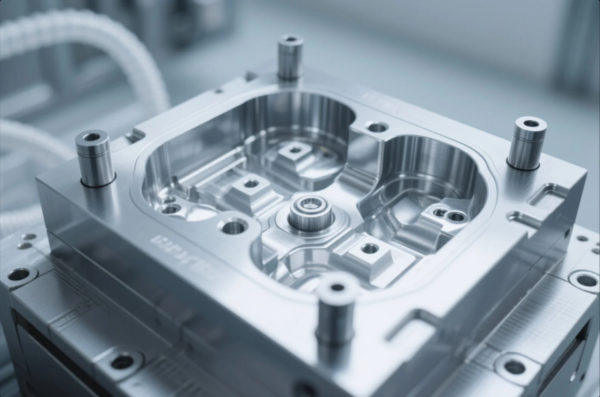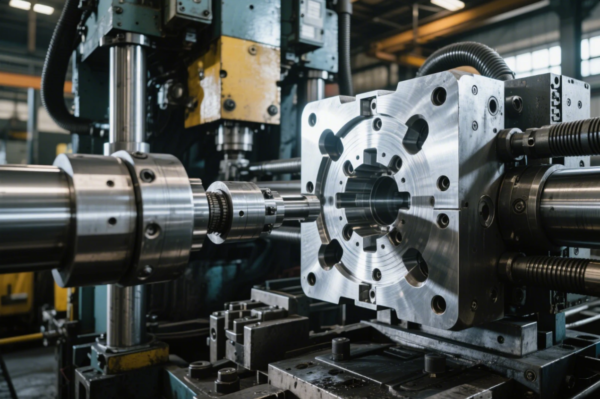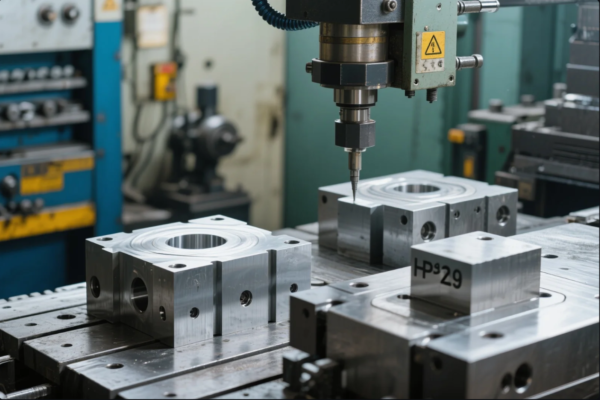How much bigger should a hole be than a screw?
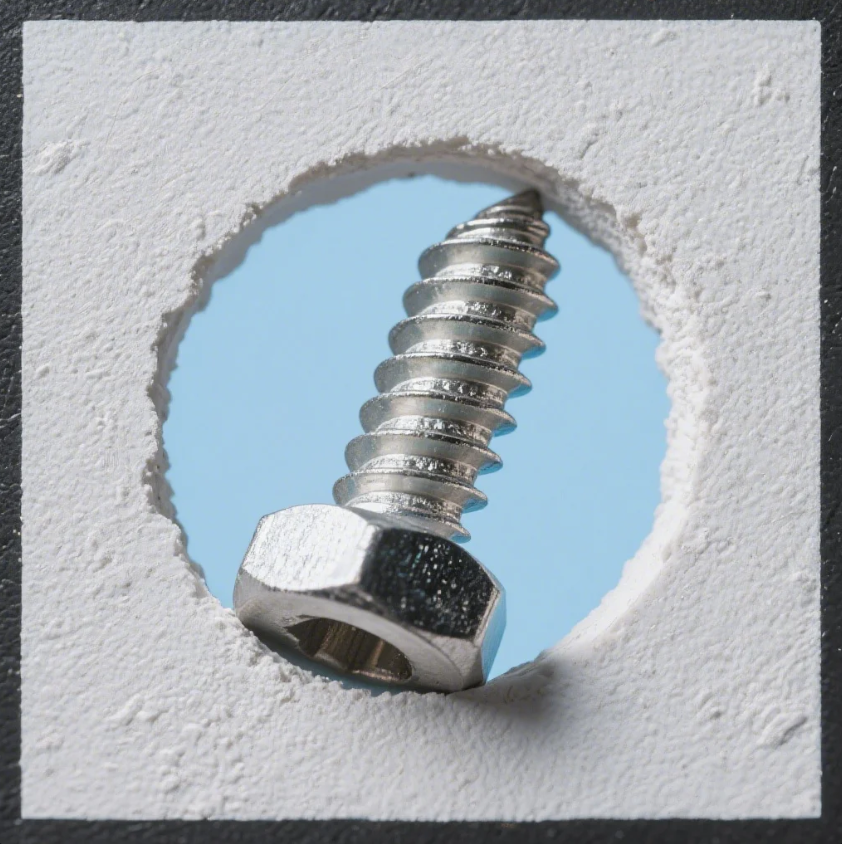
Drilling the right-sized hole for a screw is a small but critical detail in any project. Whether you're working with wood, metal, or plastic, the diameter of your pilot hole directly affects the holding strength, alignment, and overall durability of the fastener connection. But just how much bigger—or smaller—should the hole be compared to the screw?
Snippet paragraph: A pilot hole should typically be slightly smaller than the screw’s major diameter to ensure a secure grip and avoid splitting or stripping.
In this article, we’ll explain how to size holes for screws, how much larger or smaller they should be depending on the material, and how to adjust if the hole is too tight or too loose.
Should the hole be bigger than the screw?
In most cases, no—the hole should not be bigger than the screw. The goal is to have the screw’s threads grip the surrounding material tightly. A hole that’s too large will result in a weak connection or a spinning screw.
Snippet paragraph: Screw holes are generally slightly smaller than the screw itself to ensure the threads can bite and hold firmly.
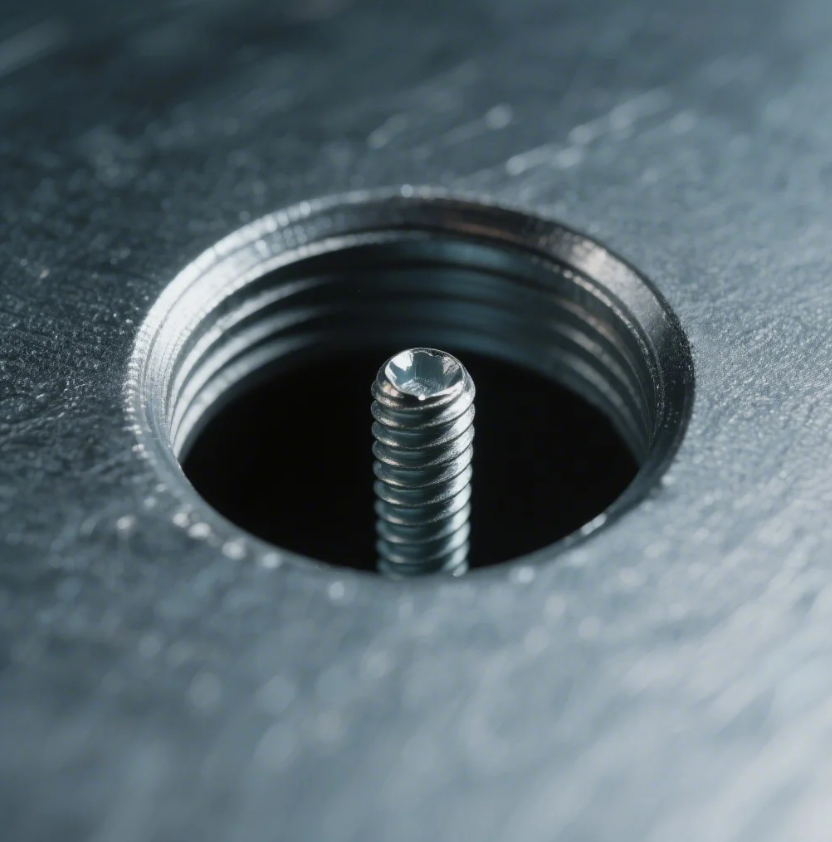
General Rule:
- Pilot Hole (Wood): The hole should be about 85–90% of the screw’s diameter, not including the threads.
- Clearance Hole (Metal): In some applications, the hole is slightly larger than the screw's body to allow it to pass through cleanly and be fastened by a nut on the other side.
| Screw Diameter | Pilot Hole (Wood) | Clearance Hole (Metal) |
|---|---|---|
| 1/8" (3.2mm) | 7/64" (2.8mm) | 9/64" (3.6mm) |
| 3/16" (4.8mm) | 5/32" (4mm) | 13/64" (5.2mm) |
| 1/4" (6.4mm) | 3/16" (4.8mm) | 9/32" (7.1mm) |
Exception:
- When drilling a clearance hole for a screw to pass through and fasten into a separate surface, the hole should be slightly larger than the screw threads.
How big should a hole be for a screw?
The size of a screw hole depends on two things: the type of material you're working with and the type of screw you’re using. Choosing the correct hole size ensures the threads cut properly into the material without splitting or stripping.
Snippet paragraph: A screw hole should match the screw’s core diameter for wood, and slightly larger for metal clearance holes.
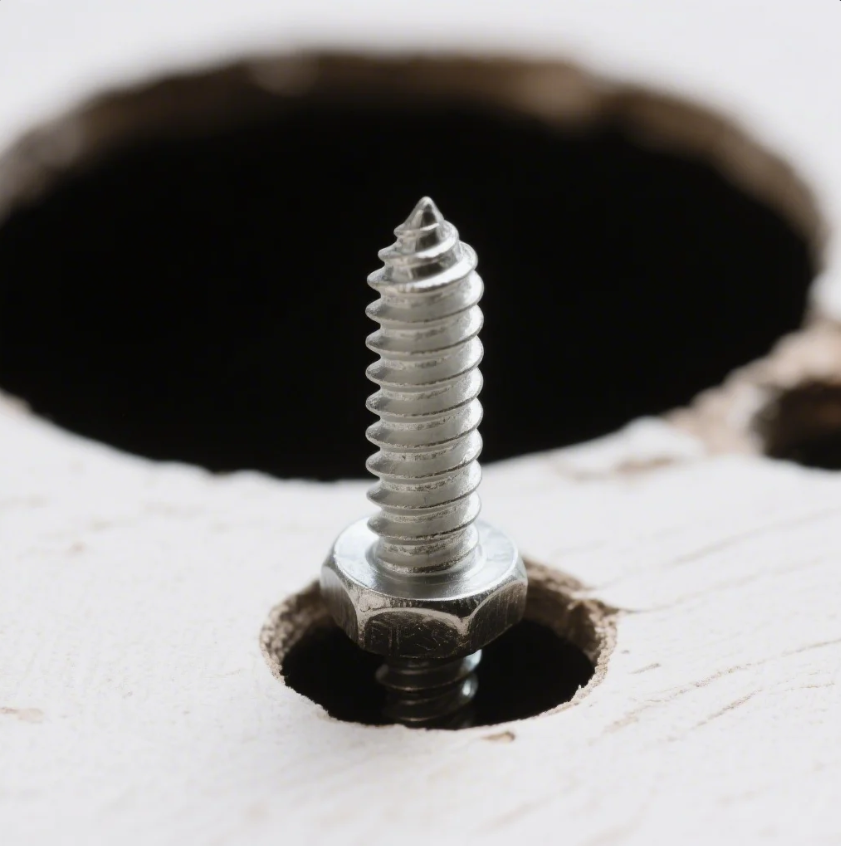
For Wood:
- Softwood: The pilot hole should be slightly smaller than the screw’s shank (core diameter).
- Hardwood: Use a pilot hole closer to the screw’s full diameter to prevent splitting.
For Metal:
- For self-tapping screws, the pilot hole should be just smaller than the screw’s outer thread diameter.
- For machine screws, follow the thread pitch and tap size recommended by a chart or manufacturer.
Drill Bit vs Screw Size (Wood Pilot Holes):
| Screw Size | Pilot Hole (Softwood) | Pilot Hole (Hardwood) |
|---|---|---|
| #6 | 7/64" | 1/8" |
| #8 | 1/8" | 9/64" |
| #10 | 9/64" | 5/32" |
What can I put in a screw hole to make it tighter?
If your hole is too big or stripped, you can fill it or reinforce it to restore a secure grip for the screw. Different materials call for different fixes.
Snippet paragraph: Use wood glue and dowels, thread inserts, or epoxy to tighten screw holes in wood, metal, or plastic.
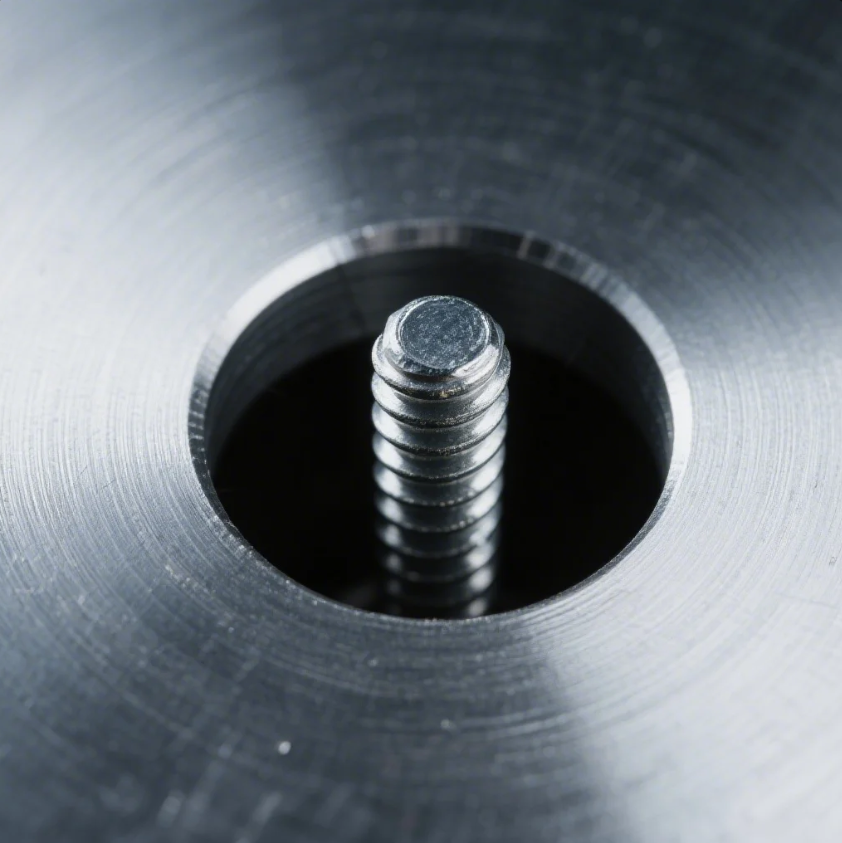
Wood:
- Toothpicks + Glue: Insert toothpicks coated in wood glue into the hole, snap them off, and reinsert the screw.
- Wood Dowel: For larger repairs, fill the hole with a glued dowel, let it dry, then drill a new pilot hole.
- Wood Filler: Use for non-structural holes. Let it dry, then re-drill.
Metal:
- Helicoil or Thread Insert: Reinforces and restores threading for bolts or machine screws.
- Epoxy Putty: Fill the hole, let cure, then re-tap or drill.
Plastic:
- Hot Glue or Epoxy: Fill the hole, let harden, and reinsert the screw carefully.
How big should the drill bit be compared to the screw?
Choosing the correct drill bit size is critical. It should be smaller than the screw’s outer diameter but larger than the root/core diameter. This ensures the threads cut into the material rather than slide through.
Snippet paragraph: The drill bit should match the screw’s core (shank) diameter, allowing the threads to dig in while preventing splitting.

Quick Guide:
- For Wood Screws: Match the drill bit to the screw shank (core) diameter—not the thread diameter.
- For Metal Screws: Use a pilot drill size chart to match the screw thread pitch and diameter exactly.
- For Self-Tapping Screws: Drill a pilot hole slightly smaller than the screw's outer thread diameter.
Visual Test:
Hold the screw behind the drill bit:
- You should see the threads sticking out slightly on either side of the bit.
- If the bit completely hides the screw, it’s too big.
- If the screw’s core disappears and only threads are visible, it’s just right.
Conclusion
A properly sized screw hole is essential for strength, durability, and clean assembly. In most cases, the hole should be slightly smaller than the screw to allow threads to bite into the material. For harder materials or precision fits, use pilot hole and tap charts to determine exact measurements. And if a hole is too big, simple fixes like wood dowels, epoxy, or inserts can restore its holding power.
Getting the hole size right the first time saves time, avoids damage, and ensures a secure, lasting connection in any material.

